-
Industrial Revolution: The transition to new manufacturing processes in the period from about 1760 to 1840
-
Industrialism : A social or economic system build on manufacturing industries
-
Capitalism: an economic and political system in which a country’s trade and industry are controlled by private owners for private, rather than the state
-
Marxism: worldview and method of social analysis based on attention to class-relations and societal conflict, on a materialist interpretation of historical development, and on a dialectical view of social transformation
-
Classical Liberalism: political philosophy and ideology belonging to liberalism in which primary emphasis is placed on securing the freedom of the individual by limiting the power of the government
-
Imperialism: a policy of extending a country’s power and influence through diplomacy or military force
-
Monopoly: the exclusive possession or control of the supply of trade in a commodity or service
-
Factory System: method of manufacturing, first adopted in England at the beginning of the Industrial Revolution in the 1750s and later spread abroad
-
Industrialization: the period of social and economic change that transforms a human group from an agrarian society into an industrial one
-
Urbanization: The increasing number of people that live in urban areas. It predominantly results in the physical growth of urban areas.
-
Limited Liability (Corporations): Legal protection for investors from personal responsibility for a firm's finances
-
Stock Market: A site for buying and selling financial interests, or stock, in businesses; examples include the London or Hong Kong stock exchanges
-
Transnational Business(es): Incorporated or unincorporated enterprises comprising parent enterprises and their foreign affiliates. A parent enterprise is defined as an enterprise that controls assets of other entities in countries other than its home country, usually by owning a certain equity capital stake


Sources:
"Google Dictionary." Google. Google, n.d. Web. 25 Mar. 2014.
Smith, Bonnie G., Marc Van De Mieroop, Richard Von Glahn, and Kris
Lane. Crossroads and Cultures: A History of The World's Peoples. First
ed. Boston: Bedford/St. Martin's, 2012. Print.




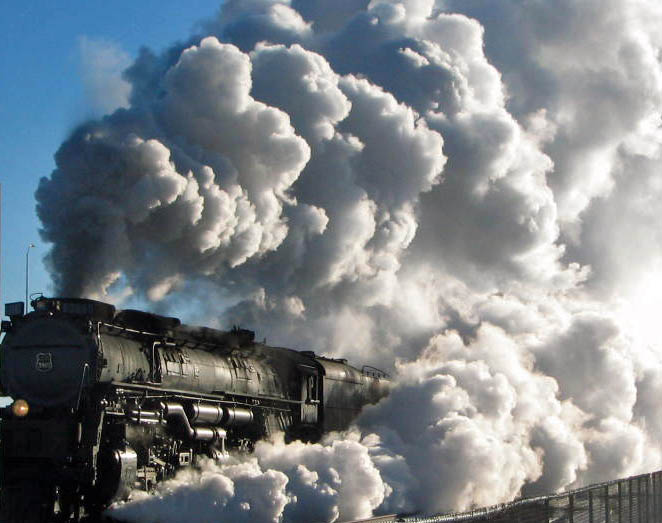


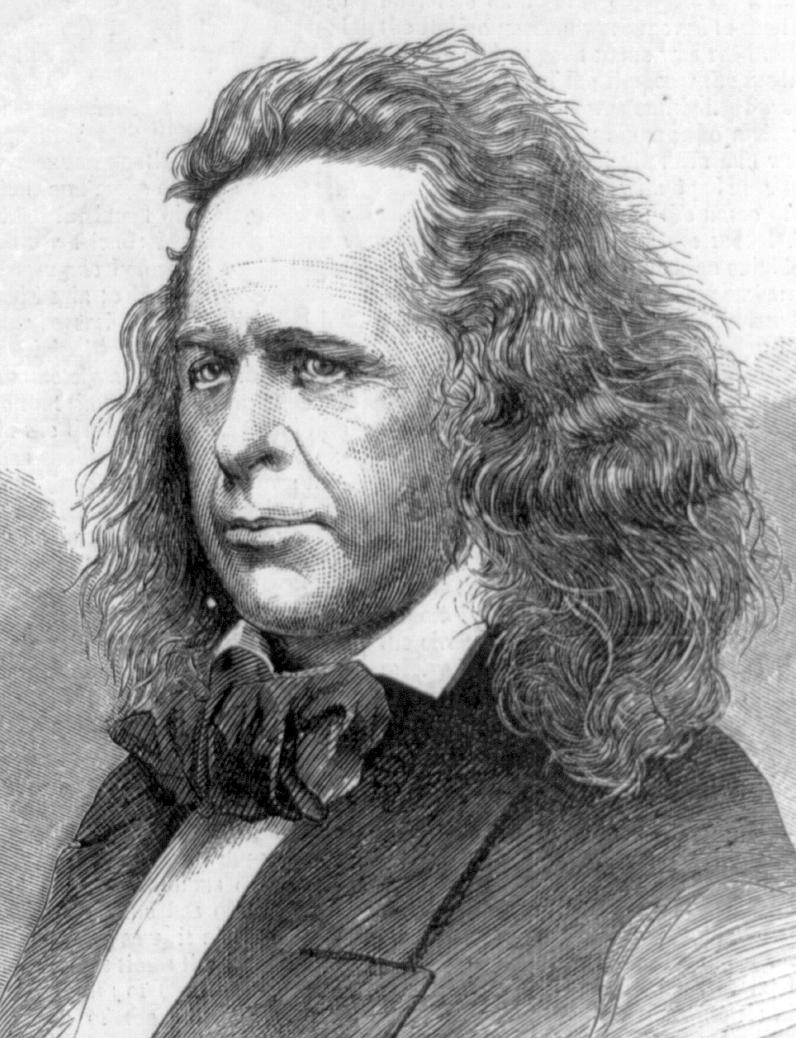

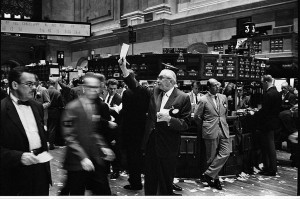

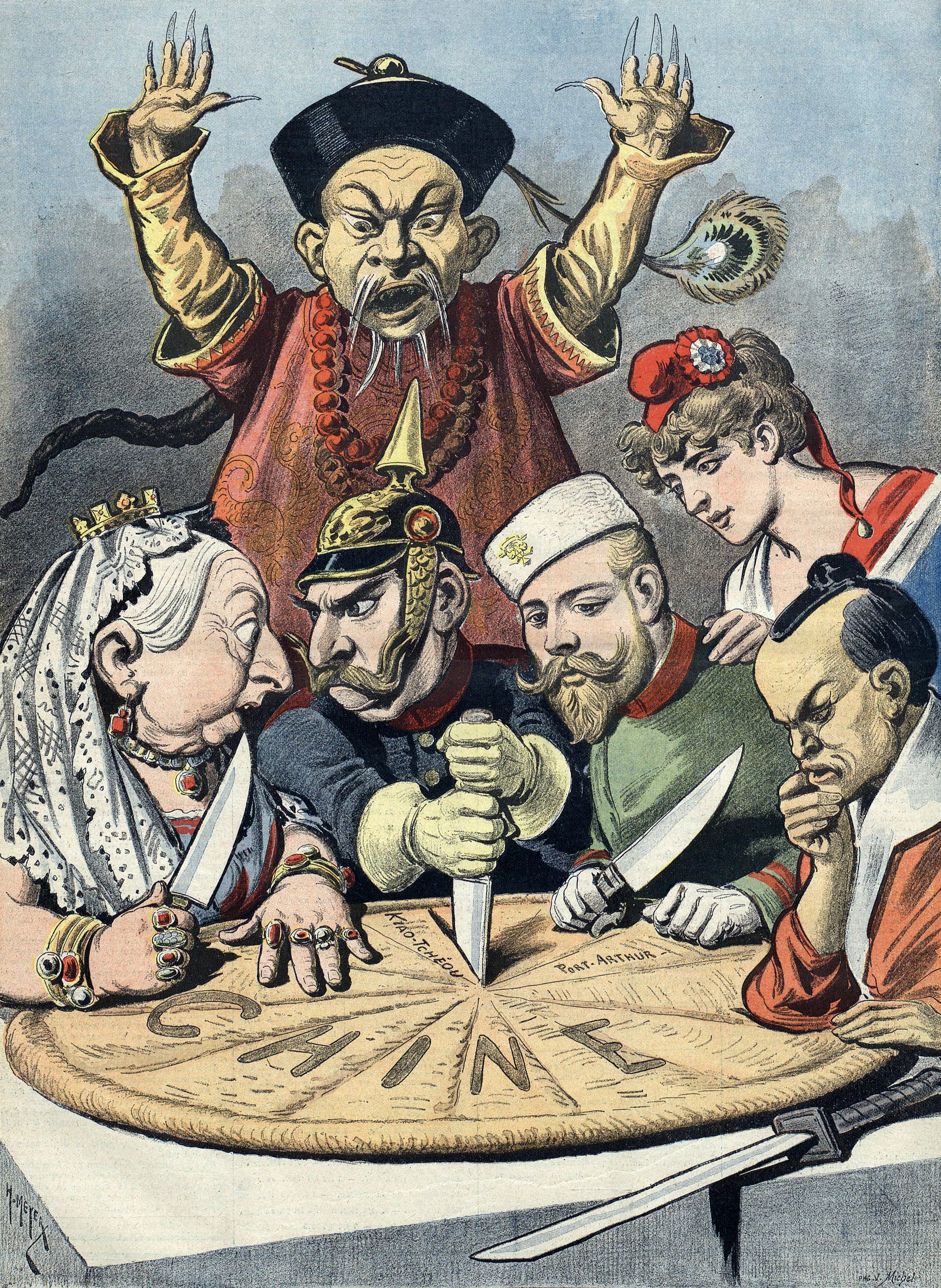




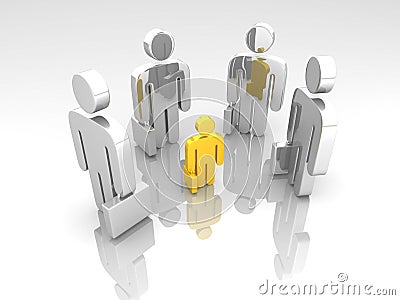
.jpg)

